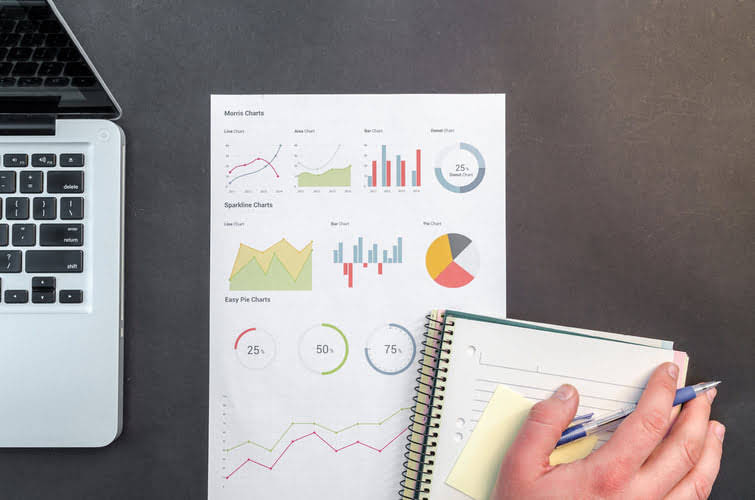
If you are spending more on manufacturing the product than necessary, you will not meet your income targets. With robust reporting features, you gain valuable insights into your operations and identify areas for improvement. Mattias is a content specialist with years of experience writing editorials, opinion pieces, and essays on a variety of topics. He is especially interested in environmental themes and his writing is often motivated by a passion to help entrepreneurs/manufacturers reduce waste and increase operational efficiencies. He has a highly informative writing style that does not sacrifice readability. Working closely with manufacturers on case studies and peering deeply into a plethora of manufacturing topics, Mattias always makes sure his writing is insightful and well-informed.
- Since then, many other industries have come to regard removing waste from their processes as beneficial to the bottom line.
- You might look at each project in detail – down to costs, materials, and overhead.
- In conclusion, manufacturing cost accounting is crucial to running a successful manufacturing business.
- The accountant can look at cash flow trends and suggest ways to improve the company’s overall cash flow.
- The reason why manufacturing overhead is referred to by indirect costs is that it’s hard to trace them to the product.
- In that case, finished goods inventory levels rose by 75 boxes but inventories of incomplete items may or may not have been changed.
- Job costing is advantageous for returning close-to-exact cost values per finished project or finished good.
Very often, this is listed in a bill of materials, which itemizes quantities and costs the materials used in your product. In process manufacturing, such as food and beverage or chemicals, the bill of materials is known as a production recipe. To reduce the costs of doing business, you must understand https://www.bookstime.com/articles/payroll-automation first where your production costs lie. With proper inventory management, you can ensure a steady supply of materials while keeping expenses under control. Advanced job costing functionalities empower you to identify areas for cost reduction, enhance productivity, and boost profitability.
Additive Manufacturing
Businesses use several manufacturing accounts, but the most common are raw material, direct labor, overhead, work in process, finished goods, and cost of goods sold. Job order costing for manufacturing is desirable for manufacturers who produce customized or variable goods. Each customer might receive unique versions of products using different raw materials or options, so costs are determined for each job order. LIFO accounting for manufacturing inventory considers the most recent units entered into inventory as the next units sold. Think of a storage area that is filled from the front with the most recently manufactured units and shipments are also taken from the front. The cost of the most recently sold unit is based on the most recent set of raw materials purchased.
This is a costing method that differs from job costing in that it incorporates more indirect costs, such as resource consumption. It can help you hone which products are profitable and spot opportunities to drive better results for your existing products. To gain a deeper understanding of manufacturing costs and make informed decisions, the software should incorporate data analytics capabilities. This allows you to analyze data and derive insights into the overall financial position of your business processes. It is based on calculating standard rates for the direct and indirect costs of products. These predetermined “standards” are usually based on the company’s previous experiences and are routinely updated to reflect market fluctuations.
Common Challenges with Accounting for Manufacturing
The accounting department can save the company money by negotiating new contracts with vendors. The accountant can review and compare current contracts with other vendors to identify cost-efficient options. The accounting department also prepares tax returns and provides information to managers so that they can make informed decisions about the company’s finances. manufacturing accounting Accounting is recording, classifying, and summarizing financial transactions to provide helpful information in business decisions. The finance division is responsible for financial planning, investing, and managing funds. The manufacturing process often begins with an information-gathering stage where engineers and management learn about a process.

By thoroughly examining manufacturing accounting, managers can gain knowledge of all the company’s operating costs and make informed decisions to increase profits and generate revenue. To conclude this article, let’s review some of the top manufacturing accounting best practices that should be prioritized. Efficient inventory management plays a crucial role in accounting systems for manufacturing as it enables real-time insights into inventory levels throughout the organization. By effectively managing inventory, manufacturing businesses can optimize various processes and achieve higher levels of efficiency in several ways. Additionally, by keeping track of inventory levels and sales revenue from completed products using manufacturing accounting software, businesses can meet customer demand in the most cost-effective way possible.